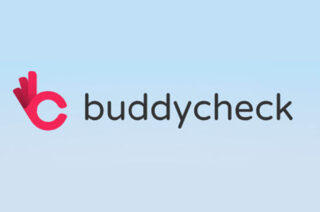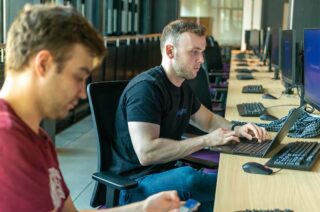Are You Using Interactive Learning Applications in Your Teaching?
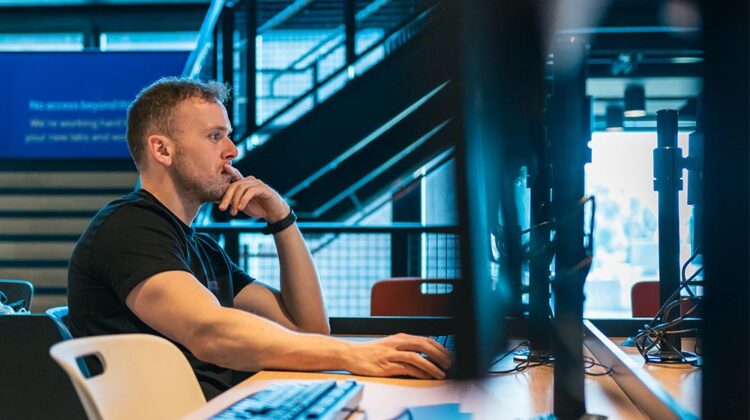
Across the Faculty of Science and Engineering we have a common dilemma; how do we give our students the hands on experience they need to build on their emerging framework of understanding? Quite often, students’ time spent gaining this experience in a lab or in the field is limited, for a number of valid reasons. Interactive Learning Apps can provide another tool in your teaching to help facilitate active experimentation.
The example applications linked below are hosted on Blackboard, please log in to Blackboard before viewing.
Optimise learning potential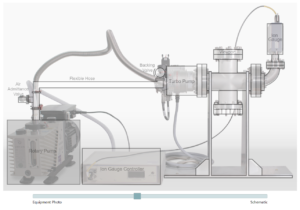
A student’s ability to understand something new often depends on what they already know. Interactive Learning Apps can help bridge ‘text book’ learning and practical experience by allowing a student to familiarise themselves with an environment before being immersed in it. In one of their simplest forms, an Interactive Learning App can help orient a student with equipment before they are required to use it.
In this example, students can use a schematic view of the Vacuum System for a Triode Experiment to familiarise themselves with how the equipment looks. It was produced in collaboration with Professor Andrew Murray in the Department of Physics and Astronomy.
Provide students with immediate feedback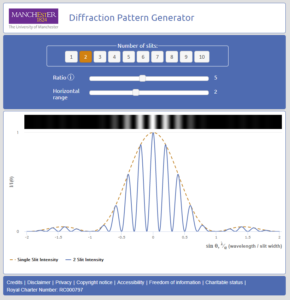
There is significant learning potential for producing interactive graphs as Learning Apps. They provide an opportunity to explore the nuanced relationship between variables and provide a feedback loop for students to test their understanding. In this way students can experiment with changing parameters, predict how a graph will behave following their changes and observe whether their prediction was accurate.
In this example, students can observe how a Diffraction Pattern Generator behaves when you change the number of slits, slit ratio and horizontal range. Developed in collaboration with Dr Paul Walmsley in the Department of Physics and Astronomy.
Bring the lab to your students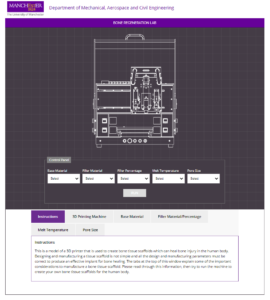
Learning Apps can be used to simulate a lab experiment, this is especially valuable in those instances where cost, time or another factor make it impractical for a student to gain hands on experience. Students are required to ‘run’ a set of parameters and see what results they receive; results can be in the form of data or targeted feedback.
In this example, students imagine they are in a Bone Regeneration Lab and are able to control the bone filler material, filler percentage, melt temperature and pore size of their proposed PCL based bone scaffolds. They receive feedback on their parameter choices across three categories; their mechanical, geometrical and biological implications. Developed in partnership with Dr Glen Cooper from the Department of Mechanical, Aerospace and Civil Engineering.
Show your students the impossible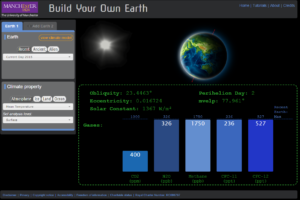
Software has been around for years that allows us to conceptualise events that happen on scales impossible for us to observe. For example, simulating the intricate ways that a protein folds together or modelling how electrons orbit around their nucleus. However, when we increase the level of interaction in these simulations, it can significantly increase their learning potential and student engagement. Although ideas for this type of Interactive Learning App are often more complex, they are incredibly powerful as there are far fewer alternative ways for students to test and reinforce their understanding.
For example, build your own earth is an open access web-based tool that allows users to explore Earth’s past, present, and future climate by varying a number of characteristics such as the tilt of the Earth’s axis, the eccentricity of the Earth’s orbit, the solar constant, the distribution of the continents and oceans and the carbon dioxide concentration of the atmosphere. Developed with Professor David Schultz from the Department of Earth and Environmental Sciences.
Development of Interactive Learning Apps is often a multidisciplinary and cooperative process, requiring academic, programming and graphic design expertise. Design must be anchored with Intended Learning Objectives to ensure a ‘pedagogy before technology’ approach to their development. If you would like to discuss an idea for an Interactive Learning Application then please contact the FSE eLearning team.
